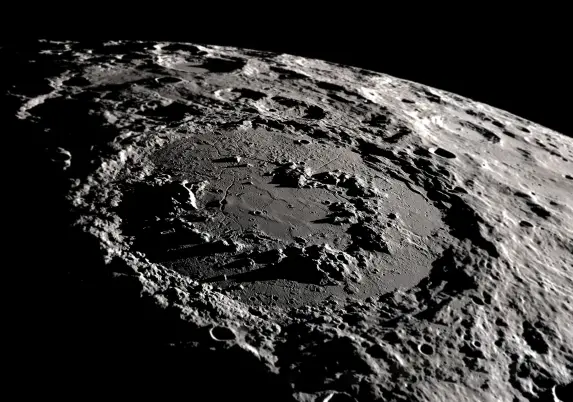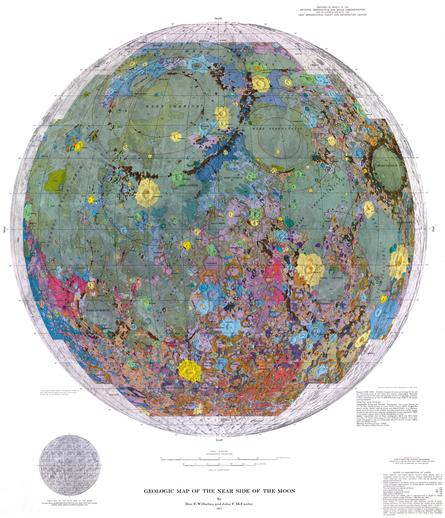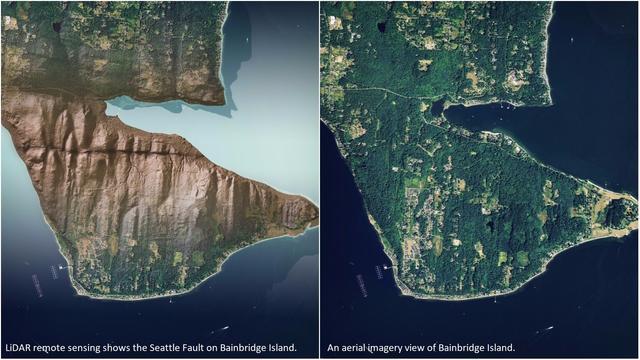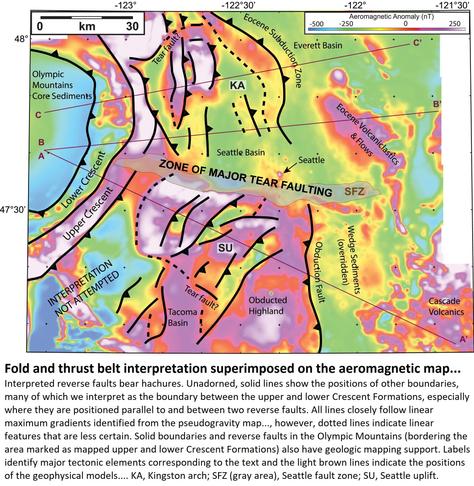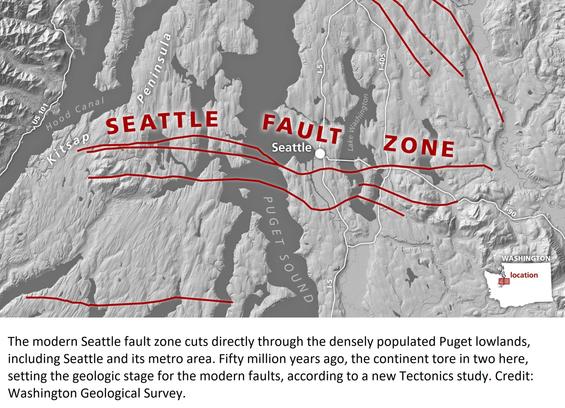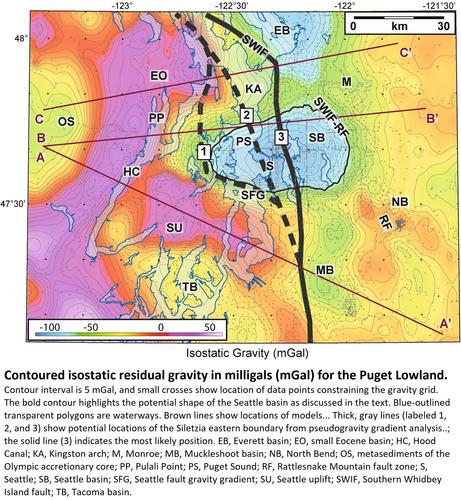[SWARM] Satellites Detect Hidden Magnetic Signals In Earth's Oceans
--
https://www.earth.com/news/satellites-detect-hidden-magnetic-signals-in-earths-oceans/ <-- shared technical article
--
https://doi.org/10.1098/rsta.2024.0078 <-- shared paper
--
https://www.esa.int/Applications/Observing_the_Earth/FutureEO/Swarm <-- shared ESA SWARM home page
--
#GIS #spatial #mapping #remotesensing #ESA #SWARM #earthobservation #geomagnetism #magnetism #earth #global #magnetic #ocean #marine #tide #tidal #tidalinfluence #monitoring #spatialanalysis #spatiotemporal #model #modeling #magma #crustal #geology #structuralgeology #crust #plate #geophysics #geophysical #vulcanism
#crustal
I think this is the end of this series, but probably the fun just began! I'm currently working on some shots I've taken for some parts of this plant through the microscope. It is a struggle already, but hopefully I'll get to something. Lot of focus stacking needed here and, well, I don't have the proper tools, so, there will be lot of mishaps and cropping!
#nature #natural #macro #extrememacro #macrophotography #plants #crustal #crystalline #goodmorning
Scientists Solve A Long-Standing Mystery Surrounding The Moon's 'Lopsided' Geology
--
https://phys.org/news/2024-04-scientists-mystery-moon-lopsided-geology.html <-- shared technical article
--
https://doi.org/10.1038/s41561-024-01408-2 <-- shared paper
--
#GIS #spatial #mapping #modeling #model #research #moon #extraterrestrial #geology #remotesensing #lunar #structuralgeology #planetarygeology #lunarlandings #apollo #rocksamples #lava #crustal #mantle #solarsystem #magma #gravity #geodynamic #gravityanomalies #spatialanalysis #spatiotemporal #3dmodeling
Deep Structure of Siletzia in the Puget Lowland - Imaging an Obducted Plateau and Accretionary Thrust Belt With Potential Fields
--
https://doi.org/10.1029/2022TC007720 <--shared paper
--
[I used to live, work as an engineering geologist and scuba dive in Puget Sound & beyond – including on the expressions of the Seattle Fault…]
#GIS #spatial #mapping #engineeringgeology #Seattle #pugetsound #washingtonstate #fault #faulting #earthquake #tsunami #structuralgeology #PNW #plateboundary #crustal #tectonics #cascadia #forearc #siletzia #seismic #seismichazard #geologichazard #risk #hazard #glacial #sediments #pugetlowland #model #modeling #remotesensing #magnetic #aeromagnetism #gravity #folding #thrust #geologicmapping #geology #seismology #accretionary #obduction #spatialanalysis #spatiotemporal #seattlefault #earthquakehazard #earthquakeengineering
How The Indian Ocean Geoid Low Was Formed
--
https://doi.org/10.1029/2022GL102694 <-- shared paper
--
#GIS #spatial #mapping #remotesensing #gravity #geoid #geodesy #IndianOcean #formation #IOGL #model #modeling #geophysics #structuralgeology #crustal #mantle #convection #Tethyan #sea #ocean #subsidence #anomaly #spatialanalysis #spatiotemporal #tomography #density #rock #geology #tectonics #platetectonics


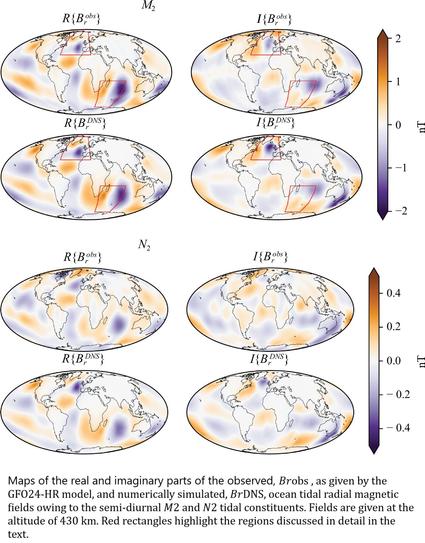
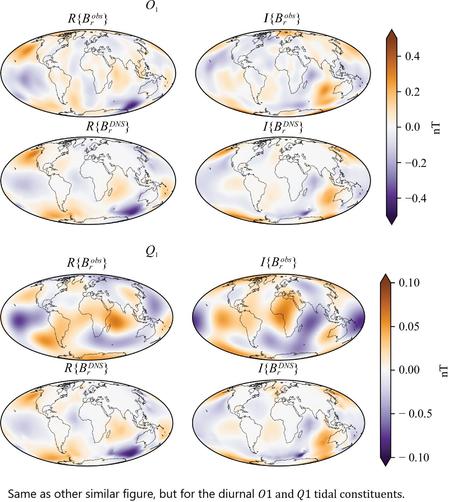

![Global maps of lunar topography, surface abundance of TiO2 and Bouguer gravity gradient [moon]](https://files.mastodon.social/cache/media_attachments/files/112/277/084/103/511/103/small/cfc265acc6078ffe.jpg)
